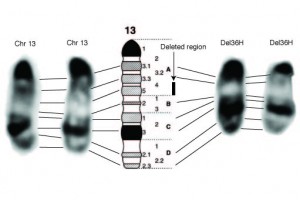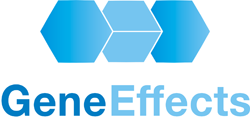 Nas yog yug nrog lawv qhov muag nruj nreem nqawm, qhib thawj thawj zaug xwb ob peb hnub tom ntej. Li thaum ib tug nas yog pom tias yog me dua li thiab yuav tsum tau yug los nrog nws tus qhib lub qhov muag, nws txawm nta hlo xim. Txawv txav ib yam li no tshwm sim nthawv rau tas nrho cov chaw tsiaj, tab sis, tej zaum lawv yuav tsis one-offs, tab sis npog pub. Nws twb tsis npaj txhij txog qhov no, vim niam no nas twb kho mob Duab yuav txhob txwm tshaj tawm induce change, ua ib feem ntawm cov kev pab ntawm cov kev tshawb fawb tswj uas ua tsiaj uas xav kawm ua loj qauv ntawm neeg mob.
Nas yog yug nrog lawv qhov muag nruj nreem nqawm, qhib thawj thawj zaug xwb ob peb hnub tom ntej. Li thaum ib tug nas yog pom tias yog me dua li thiab yuav tsum tau yug los nrog nws tus qhib lub qhov muag, nws txawm nta hlo xim. Txawv txav ib yam li no tshwm sim nthawv rau tas nrho cov chaw tsiaj, tab sis, tej zaum lawv yuav tsis one-offs, tab sis npog pub. Nws twb tsis npaj txhij txog qhov no, vim niam no nas twb kho mob Duab yuav txhob txwm tshaj tawm induce change, ua ib feem ntawm cov kev pab ntawm cov kev tshawb fawb tswj uas ua tsiaj uas xav kawm ua loj qauv ntawm neeg mob.
Yees duab x-rays mas muaj tus blunderbusses ntawm kev tshuaj ntsuam genetic kev hloov kho – yuav luag tsis muaj taw tau ua puas loj heev yog tias lawv ntob. Tej zaum, lawv ua poob cov tseem chromosomes, los sis khoom ntawm chromosome are lost and the cellular DNA repair machinery sticks the pieces back together. In the rare cases where the damage is not lethal either to the germ cell or very early in development, congenital abnormalities are seen in some of the live-born.
It turned out that our small mouse had lost a chunk of one chromosome, resulting in many genes being present in only single copies, rather than the normal pairs.
There were two things we most wanted to know about our mouse – firstly, what other abnormalities did it have and secondly, how many (and which) genes had been deleted? These gaps in our knowledge were important because if we could fill them, it would help us to understand the pathological effects of the deletion and be in a better position to compare mouse thiab human. Nws muab tias peb tus nas muaj ib constellation uas cov tsos mob tshwm – no ib lub taub hau zoo lawm, ib tug me tw kink TOGETHER nrog qhov muag qhib thaum yug tus me nyuam thiab smallness. Tas, tej kev loj hlob painstaking studies tsom uas muaj ntau tus nas nrog rau cov deleted chromosome tuag ntawm Thaum- thiab tag nrho-lub sij hawm txog hnub.
Peb xub pom no nas rov thaum tseem genome sequencing heev heev kim thiab kev impractical, li ntawd, peb nram rau thaum lawv tseem sib, txoj kev loj kom paub tias qhov twg genes had been poob lawm. Qhov nyuaj txujci siv ib tshuaj stain uas tias chromosomes nrog tus yam ntxwv ntawm tus qauv ntawm cov bands, pom hauv lub tshuab kuaj kab mob (Nws yog muaj nyob rau hauv cov duab rau saum no ncej), poob tas tus kwv yees txog qhov feem pua ntawm cov genome – qhov no muab kaw kuj ceeb tias kev pom zoo nrog rau lwm txoj kev, raws li caj kuas, suggesting uas 200-500 genes tau poob lawm (we later worked out exactly how many – but that’s another story).
Despite the obvious differences, at the level of the genes, mice are a lot like humans – by chance, many of the genes deleted in our mouse have also been deleted in some humans. Tas, people with these partially deleted chromosomes have one of a number of complex congenital disorders or syndromes, depending upon which specific genes are lost. These deletions are fortunately rare, but some of the associated disorders are common e.g. hearing loss los sis heart defects. Paradoxically, rare genetic events like this can teach us something about the other more common causes of these conditions.
Our small mice may be useful in studying why tus genes poob lawm hauv people cause these specific abnormalities and even lead us to new therapies.
The work we did on this mouse was carried out at MRC Harwell thiab yog piav qhia ntawm no.

Ib tug Trackback
[...] sau tau yav tas los hais txog ib tus nas me me (jargon lub npe – Del(13)36H) uas twb poob qee yam ntawm nws lub noob thiab [...]